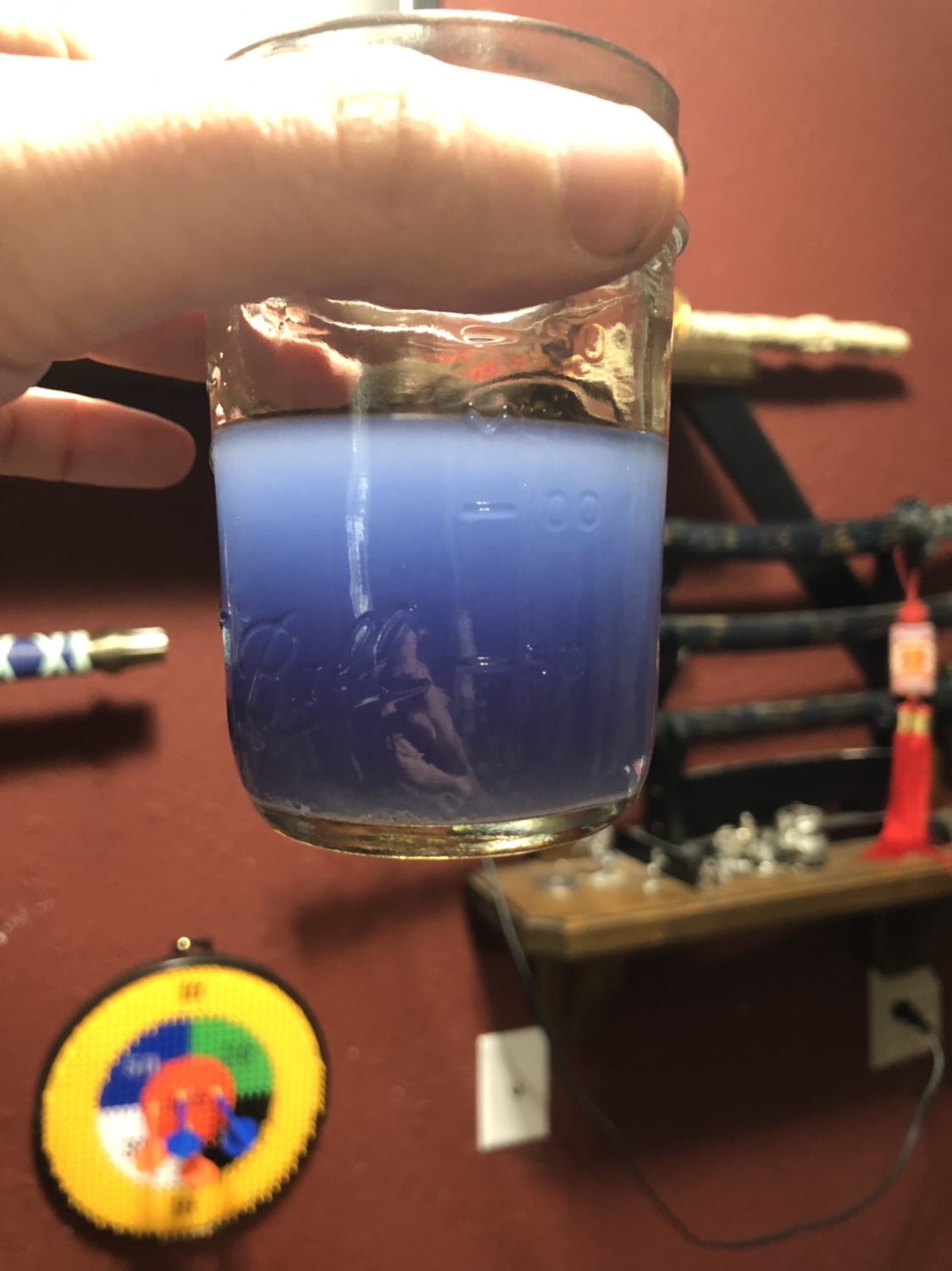TwistedGray
El Jefe Brewing Company
@NinjaBear - My friends wanted to be able to do their own nitro cold brew at home, and they did not want to invest in a nitro set-up. They bought one of those whip cream canisters off Amazon, bought new tips for it, and they can now serve nitro at home. I wouldn't call it single serving, but it's close to it.
https://www.amazon.com/EurKitchen-Professional-Dispenser-Reinforced-Durability/dp/B017XZYC2Q
https://www.amazon.com/Creamright-Ultra-Purewhip-50-Pack-Whipped-Chargers/dp/B009OVU93E
Missing link for the tips, but I am sure you can find them.
While not the more practical approach (ie: single servings), you could test out the theory.
https://www.amazon.com/EurKitchen-Professional-Dispenser-Reinforced-Durability/dp/B017XZYC2Q
https://www.amazon.com/Creamright-Ultra-Purewhip-50-Pack-Whipped-Chargers/dp/B009OVU93E
Missing link for the tips, but I am sure you can find them.
While not the more practical approach (ie: single servings), you could test out the theory.
Last edited:
































![Craft A Brew - Safale S-04 Dry Yeast - Fermentis - English Ale Dry Yeast - For English and American Ales and Hard Apple Ciders - Ingredients for Home Brewing - Beer Making Supplies - [1 Pack]](https://m.media-amazon.com/images/I/41fVGNh6JfL._SL500_.jpg)





























